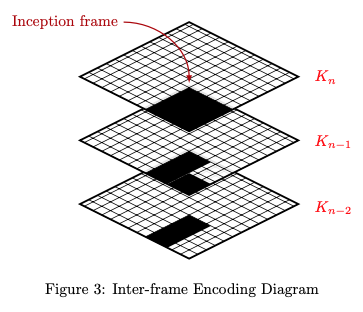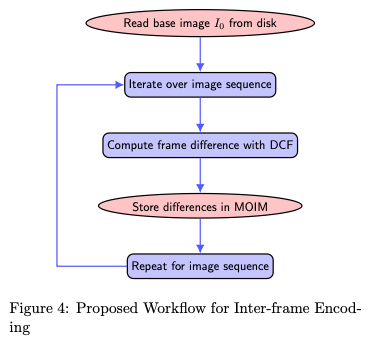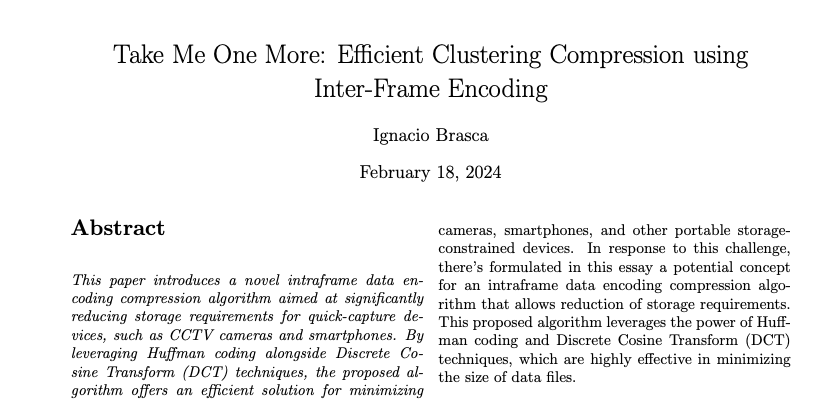The Creative Spark of Isolation
Read more: ResearchGate pre-print publication
Introduction
A few weeks ago, embarking on a trip to Barcelona, I found myself in an unusual situation: surrounded by the hum of an airplane and without my usual digital distractions. No music, no movies, no nothing, just me and my thoughts. The trip was scheduled to take at least four hours, and I finished the book I had before I reached the gate.
This unexpected digital detox led me to a simple activity: browsing the photo gallery on my smartphone. I know, I could try to sleep, but it was 8 a.m. and after a few coffees!
It was during this mundane task that I realized something that would soon become the focus of my latest project: our digital lives are cluttered with an excessive amount of nearly identical images.

The seed of this idea began to grow in my head over the next few days: at first, it was just a conversation with myself as I walked along, pondering the necessity and redundancy of storing such a quantity of similar pixels and whether it was necessary in the first place. But as I shared this idea with others, discussing its merits and potential impact, it began to solidify. It even passed the rigorous filters for evaluating new ideas, proposed by Paul Graham, which affirmed its potential (at least in my eyes).
Embarking on a research journey (which was almost entirely new to me), I set out to understand if this concept had been explored before, without wanting to reinvent the wheel. Surprisingly, despite the plethora of tools designed to manage digital clutter, none reflected the vision I had. My project was not only intended to identify duplicate images, but to rethink the way we approach digital storage, emphasizing the quality and uniqueness of our digital memories over mere quantity.
The Idea
The idea is quite simple but, in my opinion, powerful enough to merit an article describing it: video has been using the inter-frame almost since its origins, but we don’t have something similar applied at the storage level. Here goes my article:

Armed with pencil and paper, I delved into the mathematical representation of this idea using concepts I saw in Information Theory. This phase was crucial to transform a fuzzy concept into a tangible model that could be applied and tested. The challenge was (and remains very real) to create an algorithm capable of discerning and eliminating redundant digital content, thus cluttering our digital lives in a meaningful way and allowing our storages to be more flexible and less redundant.
Writing the essay served as the last step in this process, helping to organize my thoughts and research findings into a cohesive narrative. Like the last piece of a puzzle, it brought clarity and direction to the project, setting the stage for the practical challenges ahead.
Now that I am about to put it into practice, I am aware of the work that remains for me to do. Developing examples, potentially even a library, and integrating this concept into a usable tool will require careful planning, coding, and testing. Also, the importance of peer review cannot be underestimated here, I need someone else to review and help me go further with this idea. It’s fun to share this journey from a simple observation during a flight to a project concept.

Conclusion
It’s crazy how much we can accomplish with a few hours disconnected from any kind of distraction. Even if this project is reduced to zero after a few tests, the amount of knowledge I gathered during the research phase was enough to consider it important and powerful for me.
Just hearing that airplanes are starting to include free wifi makes me wonder what the next place of zero distraction humans will have before technology disrupts again… because, at least for me, flying is the one and only activity where I disconnect from everything else.
Sometimes all we need is a spark without too much wind to generate a fire that lasts forever, the rest is just curiosity.